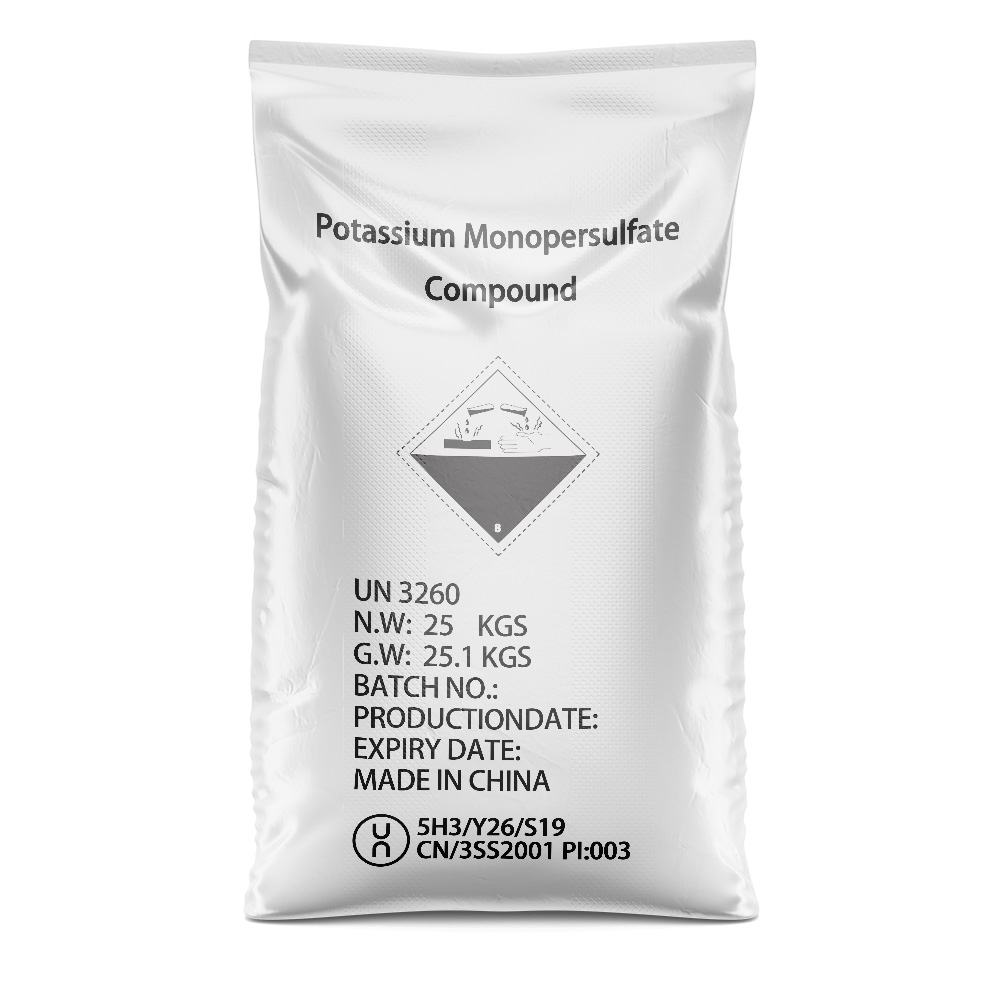



uses of caustic soda in liquid soap making
The Uses of Caustic Soda in Liquid Soap Making
Caustic soda, also known as sodium hydroxide (NaOH), plays a pivotal role in the process of liquid soap making. This highly versatile ingredient is essential for the saponification process, where fats and oils are transformed into soap. Understanding the applications of caustic soda can help both novice and experienced soap makers create high-quality liquid soaps effectively.
One of the primary uses of caustic soda in liquid soap making is its function as a strong alkali. When caustic soda is mixed with water, it produces a highly alkaline solution that reacts with fats and oils through a chemical process called saponification. This process breaks down the triglycerides in oils, resulting in the formation of glycerin and soap. The quality of the final product is closely linked to the precise measurements of lye (caustic soda) and oils used, making accuracy crucial in soap formulation.
Another important aspect of caustic soda in liquid soap making is that it helps achieve the desired consistency and texture of the soap. Unlike bar soaps, liquid soaps require a different formulation and typically have higher water content. Caustic soda assists in creating a homogenous mixture, ensuring that the oils and lye integrate well. This mixture must have the right viscosity to produce a liquid soap that is easy to dispense and use.
uses of caustic soda in liquid soap making

Additionally, caustic soda is integral in the production of different types of liquid soaps, such as castile soap, which is made from olive oil, or coconut oil-based soaps known for their bubbly lather. By varying the types of oils and the proportions of caustic soda, soap makers can customize the properties of their liquid soaps, including foam performance, cleansing ability, and moisturizing qualities. This versatility allows for creativity and innovation in formulating soaps that cater to specific skin types and consumer preferences.
Safety and proper handling of caustic soda are critical in the soap-making process. Caustic soda is caustic and can cause burns if it comes into contact with skin. Therefore, soap makers must wear protective gloves, goggles, and work in a well-ventilated area. It is also essential to add lye to water rather than the other way around, as it can cause a dangerous reaction. Understanding these safety measures ensures a safe and enjoyable soap-making experience.
Finally, caustic soda is not only important for the production of liquid soaps but also plays a role in ensuring the stability and longevity of the product. Properly saponified liquid soap is free from excess lye, which may otherwise lead to a harsh product. A well-balanced formulation contributes to the soap’s shelf life and effectiveness, making it a reliable choice for consumers.
In conclusion, caustic soda is an essential ingredient in liquid soap making, serving multiple functions from initiating saponification to providing desired consistency and customization. Understanding its applications and handling procedures allows soap makers to produce high-quality products that satisfy the diverse needs of consumers while ensuring safety throughout the process. Whether for personal use or commercial purposes, the benefits of incorporating caustic soda in liquid soap making are undeniable.
-
High-Purity Strontium Chloride (SrCl2) for Lab & IndustryNewsAug.31,2025
-
Anhydrous Formic Acid 80% 85% 94% - High Purity SolutionsNewsAug.30,2025
-
Accurate Fire Assay Flux for Gold & Silver Ore AnalysisNewsAug.29,2025
-
Advanced Paint Chem Solutions: Quality Chemicals for CoatingsNewsAug.28,2025
-
Potassium Nitrate: The Ultimate Fertilizer for Agriculture and GardeningNewsAug.25,2025
-
Potasium Persulphate: A Versatile Chemical for Industrial ApplicationsNewsAug.25,2025
-
Industrial Applications of Sodium HydroxideNewsAug.25,2025










